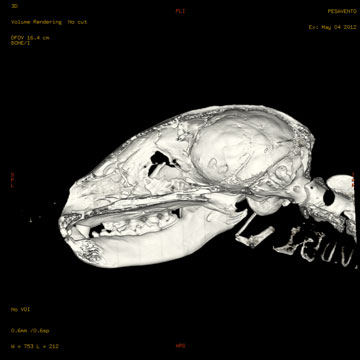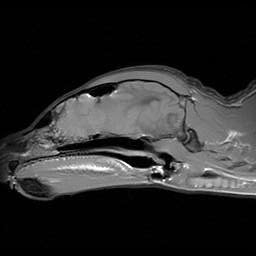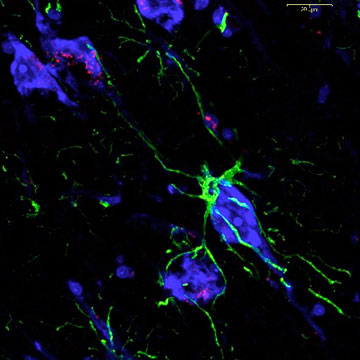Emerging Disease: Raccoon Polyomavirus
Polyomaviruses infect an array of vertebrate species including birds, humans, non-human primates, bovids, rodents, and sea lions. Perhaps the most famous of the family is SV40, a simian virus let loose in humans by contaminated polio vaccine. Humans have their own spectrum of polyomaviruses as well, and luckily in natural mammalian hosts, the common consequence of viral exposure is establishment of a persistent but asymptomatic infection. There are, however, more dangerous outcomes of infection that include viral driven cancer. With the human polyomaviruses, the opportunity to study transmission and tumor transformation is limited by a long lag time (~50 years) between exposure and tumor formation. Natural routes of exposure and mechanisms of persistence are not known. One way to gain insight in the role of PyVs in tumorigenesis is to study natural models of viral induced tumorigenesis. We propose to study a virus that our laboratory discovered- Raccoon polyomavirus (RacPyV), which is associated with olfactory tract/brain tumors in raccoons. RacPyV has been found in a cluster of temporally and spatially defined tumors in raccoons in Northern California. It is a fascinating story, and one that is unfolding in collaborations with LSU, UCSF, Fish and Game, and our diagnostic laboratory here at UC Davis.



